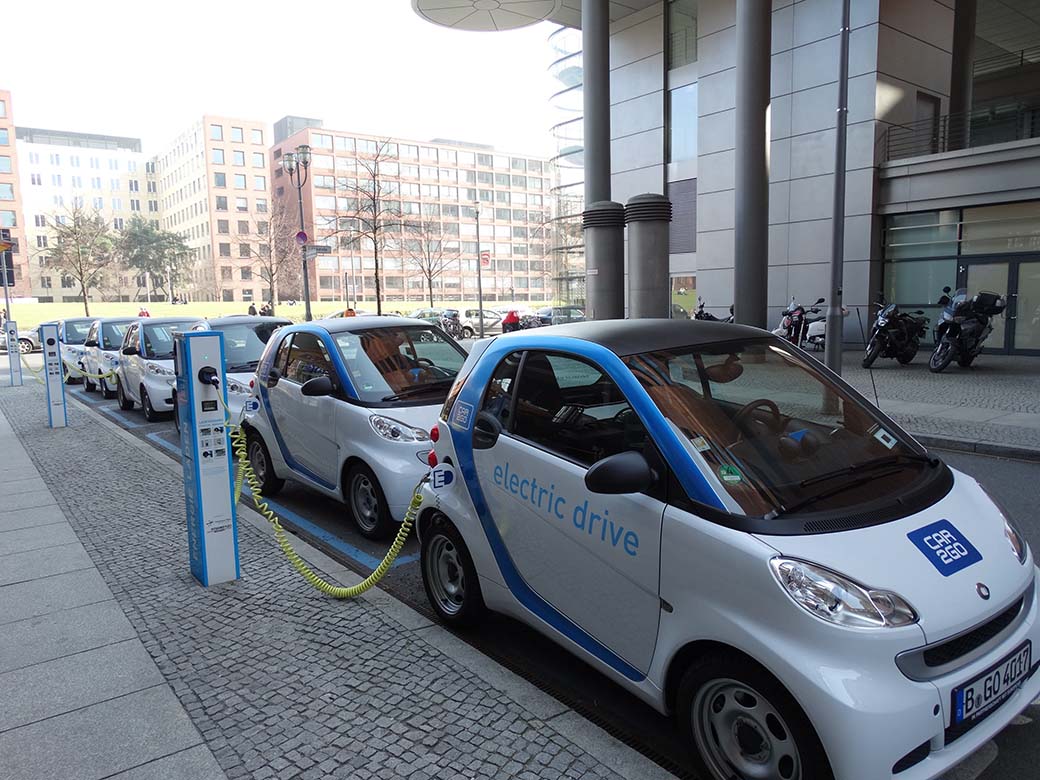Since its inception, the automotive industry has had a huge impact on our environment and resources – from fossil fuel emissions to production waste and toxic materials used in car components, cars have been a major source of environmental damage over the years. Thankfully, many countries are now introducing new regulations and incentives to encourage manufacturers to produce more energy-efficient vehicles that reduce emissions and pollution levels, as well as waste less resources during production processes – all for the sake of preserving our planet for future generations. In this article, we’ll explore some key moments that have shaped the automotive industry into the eco-friendly machine it is today.
The Beginnings of the Automobile Industry and its Impacts on the Environment
The origins of automobiles can be traced back to the late 19th century, when German inventor Karl Benz created his first automobile powered by an internal combustion engine. This invention revolutionized transportation by providing a much faster and more efficient way for people to travel from one place to another. However, this new technology came with its own set of environmental issues – mainly in the form of air pollution caused by combustion engines emitting toxic fumes into the atmosphere. This issue was further exacerbated as cars became more popular, leading to governments introducing regulations and standards for vehicle emissions in an effort to reduce air pollution levels.
The Evolution of Environmentally Friendly Cars
By the mid-1900s, manufacturers had started developing electric vehicles (EVs) as a much cleaner alternative to gas-powered cars that ran on gasoline or diesel fuel. While these electric cars had great potential, they faced a lot of challenges early on due to limited range and poor battery technology at the time. It wasn’t until recently that electric vehicles have become viable alternatives thanks to advances in battery technology and better infrastructure for recharging.
The 21st century has also seen an increase in hybrid vehicles – cars that use a combination of an electric motor and a gasoline engine to reduce emissions and provide greater fuel efficiency. These cars offer the best of both worlds, allowing drivers to switch between gas-powered mode and electric mode depending on their needs at the time.

In addition, manufacturers have invested considerably in new technologies to make internal combustion engines more efficient and reduce exhaust emissions. Technologies such as fuel injection systems, turbochargers, emission control systems and catalytic converters have all helped to reduce the amount of pollutants released into the atmosphere by cars powered by gasoline or diesel engines.
Current Developments in Green Technology
As global climate change continues to loom over us, many car companies are heavily investing in researching alternative fuels that are not based on fossil fuels such as hydrogen or biofuels derived from organic materials like vegetable oils. While these alternative fuels still require further development before they can be used in mass production vehicles, many manufacturers are now preparing for a future where these eco-friendly options could become mainstream.
Manufacturers are also investing significantly into autonomous driving technology which could potentially revolutionize our approach to transportation. Autonomous cars have the potential to reduce emissions by making driving more efficient and reducing traffic congestion. Additionally, electric vehicles are now becoming increasingly cost-effective thanks to the rapid decline in battery prices, making them much more attractive for buyers looking for an eco-friendly way to get around.
Overall, it’s clear that eco-friendly cars are quickly becoming a major part of the automotive industry and manufacturers are trying their best to make them even cleaner and more efficient in order to protect our planet from further damage.
Conclusion
Throughout its history, the automotive industry has come a long way from its humble beginnings in the 19th century – from gasoline-powered engines creating rampant air pollution levels, to today’s electric vehicles that produce zero emissions and autonomous cars promising further improvements down the line. It’s important that we continue investing in green technologies so we can move towards a future where environmentally friendly cars become standard across the world.
Eco-friendly cars offer numerous environmental benefits over traditional gasoline engines and have become increasingly popular in recent years as more people become aware of their potential for protecting the environment. Electric cars are powered by electric motors instead of gasoline engines; hybrids combine an electric motor with a gasoline engine; and hydrogen fuel cell vehicles are powered by electricity generated from the chemical reaction between hydrogen and oxygen. These eco-friendly cars can help reduce air pollution, greenhouse gases, and fuel costs while supporting renewable energy sources.








